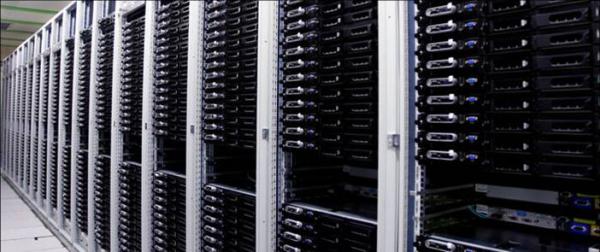Research
Detector
The SLAC group is involved in several ATLAS sub-detector and online systems.
Muon system
CSC Readout
We assumed responsibility for CSC readout at the beginning of Run 1. Its performance was improved continually in order to keep up with the ever increasing trigger rate and at the same time the system proved to be the most robust of all subsystem readouts.
The trigger rates planned for Run 2 were beyond the hardware capability of the Run 1 readout system. The new readout system we provided during Long Shutdown 1 (LS1) has again kept up with ATLAS trigger rates and has proven to be very reliable. Routine opertional responsibilities have therefore been handed back.
Shielding for the Muon Spectrometer
Our background simulation software was validated during Run 1 through extensive comparisons with measurements in the Muon Spectrometer (MS) and dedicated radiation monitors. Shielding improvements we proposed for Run 2 were installed during LS1 and background rates in the MS have been reduced significantly.
We have designed new shielding for the new Small Wheel (NSW) upgrade that is expected to be installed during Long Shutdown 2. Fake muon triggers in the endcaps should be greatly reduced.
Trigger and Data Acquisition
One of the central challenges of the ATLAS experiment is to run through the 40 million bunch crossings per second and identify and record the events of interest at a managable rate of a few kHz that can then be used for full reconstruction and analysis. To achieve this is the main responsibily of the Trigger and Data Acquisition (TDAQ) system. The SLAC team is closely involved in the TDAQ system, in the areas of the High-Level Trigger and DAQ software, including the online monitoring and online database infrastructure, the online luminosity and online beam spot measurements. We have recently joined efforts in the online software and configuration of the Fast Tracker (FTK) hardware that is being commissioned during Run 2.
Computing

In the course of FY 2017, the ATLAS computing facilities at SLAC are in transition from the role of an ATLAS Tier-2 Center to a US-ATLAS Analysis Computing Facility (aka Shared Tier 3).
Starting in February 2017, we want to find users willing to begin exploiting the Analysis Computing Facility and also help us to smooth out technical issues and documentation.
We particularly encourage US-ATLAS physics groups pursuing analyses that are likely to be demanding in their data access and computation needs to contact Wei Yang <yangw@slac.stanford.edu>, and start reading introduction documents regarding the SLAC Analysis Computing Facility at https://usatlas.readthedocs.io/projects/af-docs/en/latest/sshlogin/ssh2SLAC/
